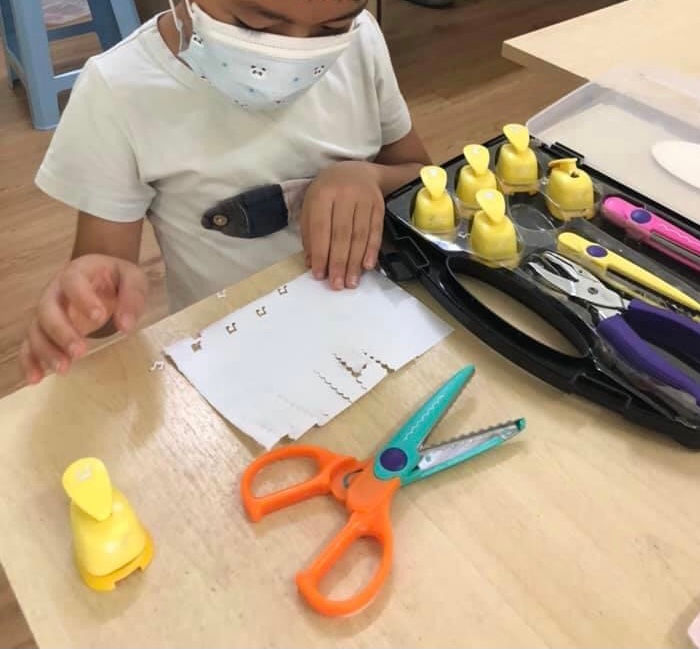top of page
SAFETY FIRST We're taking extra measures to ensure your children are safe in our school.
.jpg)
Practical Life
The direct aim of practical life activities is to help children refine their fine and gross motor skills, but the indirect aim of these activities is for children to develop their sense of coordination, order, independence, and to experience the sensation of concentration, so the child will be able to sit down and keep their work organised and have the ability to concentrate on more lengthy academic works.










One of the hallmarks of the Montessori method is that it takes full advantage of the child’s motivation to learn these things at a very young age.
The practical life curriculum in Montessori provides a scope and sequence for these everyday routines and practices. And exactly like the other, more academic areas in the Montessori classroom, the Montessori approach offers a pedagogy that elevates and empowers the child in her pursuit of these skills.
Practical life in Montessori is purposeful activity, develops motor control and coordination, and develops independence, concentration, and a sense of responsibility.
In order to be effective, it is essential that children are given access to real Practical Life materials that are familiar, breakable and functional whenever possible.
Children increase their self-confidence when they are given the opportunity to use real things, which corresponds with a greater level of respect when caring for the materials.
Practical Life exercises must also be related to the child’s time and culture. This way, children learn how to complete the activities for themselves, and can then apply this knowledge within their home environment.
In the Montessori classroom, Practical Life exercises will be arranged left to right, from easiest to hardest, and are often colour coded to help facilitate a sense of order. This structure is important as children needs to know that every material has a place.
Example Practical Life Activities
Preliminary Exercises
• Carrying a Mat
• Sit and Stand from a Chair
• Carrying a Tray
• Turning pages of a Book
• Spooning Grains
• Pouring Grains
Care of the Person
• Washing Hands
• Dressing Frame
• Polishing Shoes
• Preparing a Snack
Care of The Environment
• Dusting a Table
• Polishing
• Arranging Flowers
• Setting a Table
• Sweeping
Grace and Courtesy
• Greeting a Person
• Introduction of One’s Self
• Coughing
• Offering Help
Control of Movement
• Walking on the Line
• Silence Game
bottom of page